Incorporating learning rugs in a Montessori Environment24 February 2025 | Admin 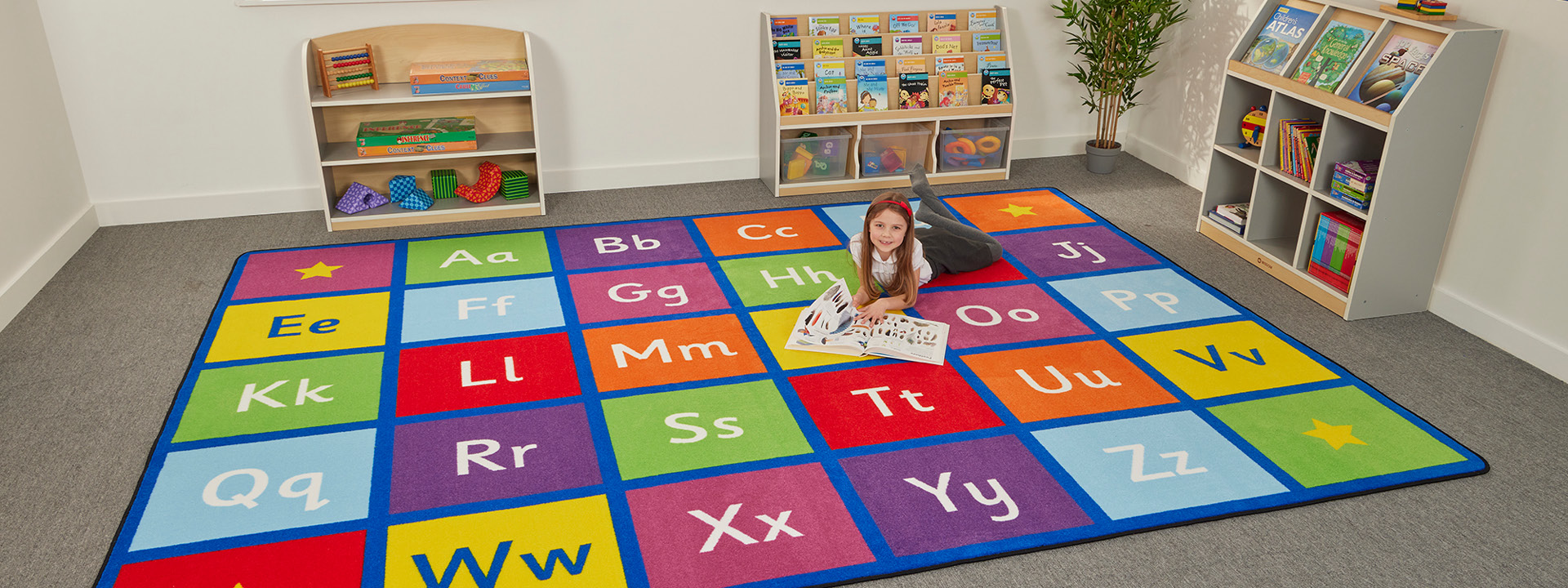
When it comes to creating an environment that fosters independent learning, the Montessori method stands out. This educational approach emphasizes self-directed learning, hands-on experiences, and the cultivation of a child’s natural curiosity. One of the key elements of a Montessori classroom is its intentional design – each tool, activity, and material serves a specific purpose to support children’s development. Learning rugs are a simple but effective addition to this environment, promoting both education and engagement. 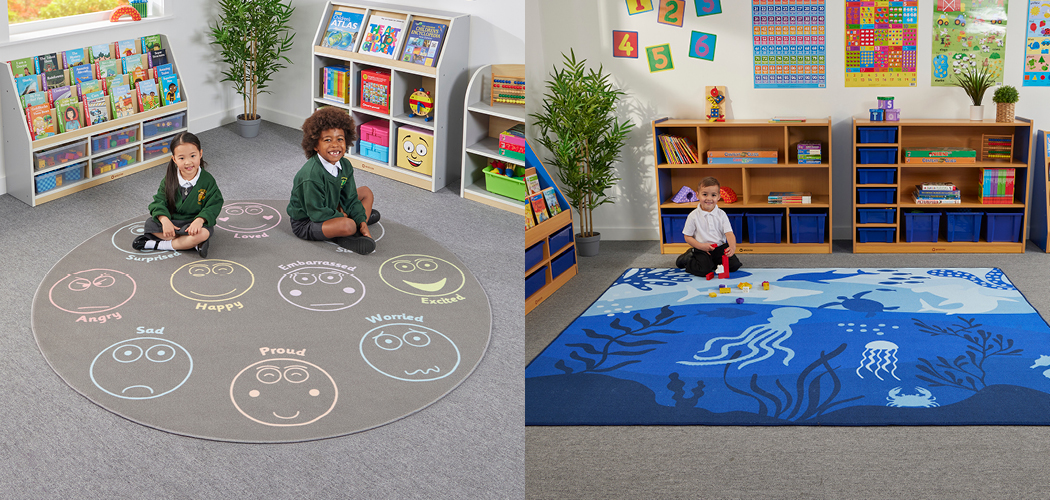
How Learning Rugs Enhance the Montessori Experience - Encouraging independent learning: In a Montessori classroom, children are encouraged to take charge of their own learning. A learning rug provides a clear, designated space for each child to engage in activities independently. This empowers them to choose and focus on tasks without distractions, promoting concentration and a sense of ownership over their learning.
- Promoting movement and flexibility: the Montessori method emphasizes that movement is key to a child’s development. Learning rugs allow children to work on the floor, which supports large motor movement and flexibility. Whether children can sort objects, building with blocks, or practicing letter formation, they can do so with freedom of movement. This helps them remain comfortable and focused while engaged in activities for extended periods.
- Building a structed environment: Montessori classrooms often include designated areas or “learning zones” for different activities, such as reading, math, art, or practical life skills. Learning rugs can be used to demarcate these zones. For example, a math rug might feature number lines or counting designs, while a language rug may include the alphabet. This visual and physical division helps children to recognise where each activity belongs, creating a sense of structure and order.
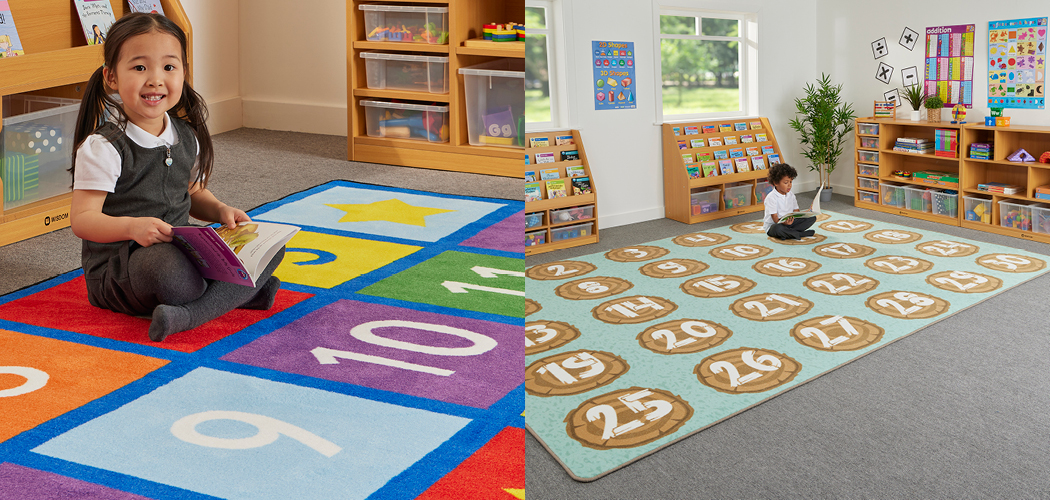
- Encouraging cooperation and sharing: learning rugs can also be useful for group activities. When children collaborate, they can use larger rugs to work together on a puzzle or engage in group discussions. The shared space on the rug fosters a sense of community and teamwork. It also allows for a shared focus on the task at hand, making collaboration more seamless.
- Sensory engagement: Montessori materials are often tactile, providing opportunities for children to learn through their senses, a learning rug offers another sensory experience, whether through textures, colours or designs. There rugs can stimulate visual and tactile senses, promoting sensory awareness while children are working.
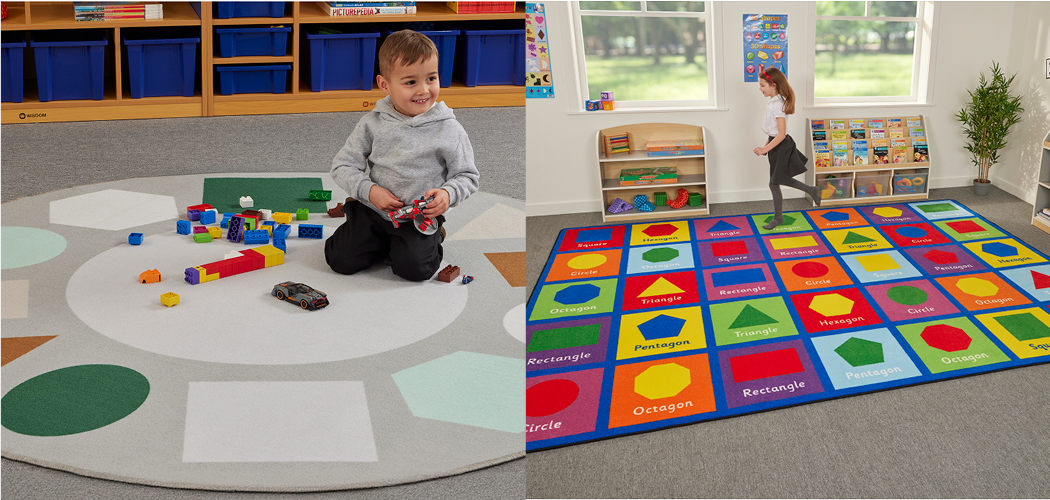
Practical ideas for using learning rugs: - Alphabet and number learning: use a learning rug with alphabet letters or numbers to help children practice letter recognition, spelling and counting. Children can trace the letters with their fingers or use objects to match to the correct letters or numbers.
- Shape and colour recognition: rugs with geometric patterns or shapes can serve as a great tool for teaching basic geometry and colour recognition. Children can sit on the rug while sorting different objects by shape or colour. Reinforcing these concepts through tactile learning.
- Story time or quiet reading: use a simple, soft rug as a reading corner or storytime area. Children can spread out on the rug with books and engage in quiet reading, promoting literacy development in a calm, focused environment.
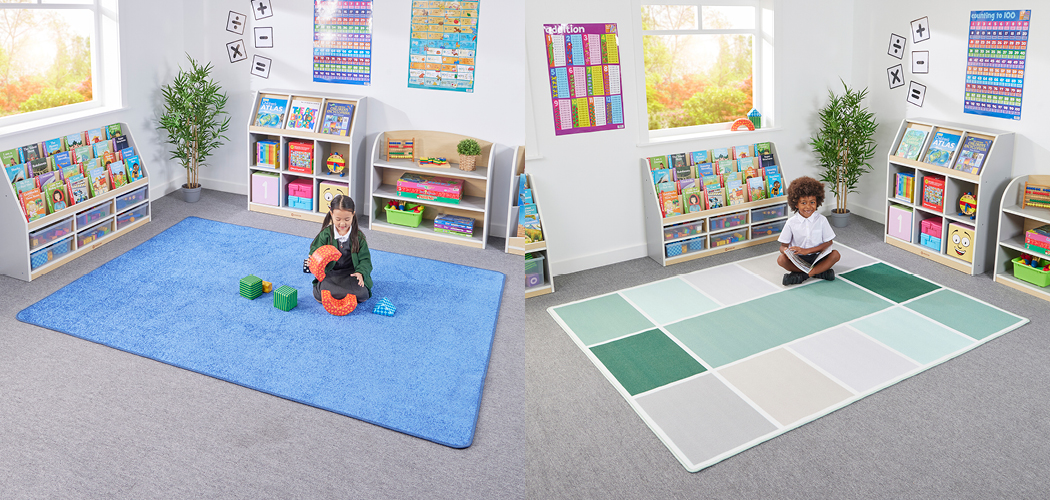
Learning rugs can be a wonderful and practical addition to any classroom. They encourage a structured yet flexible environment where children can independently explore, create and learn though movement and hands-on experiences. By offering a designated, comfortable space for activities, learning rugs support the development of concentration, fine motor skills, and social cooperation. |